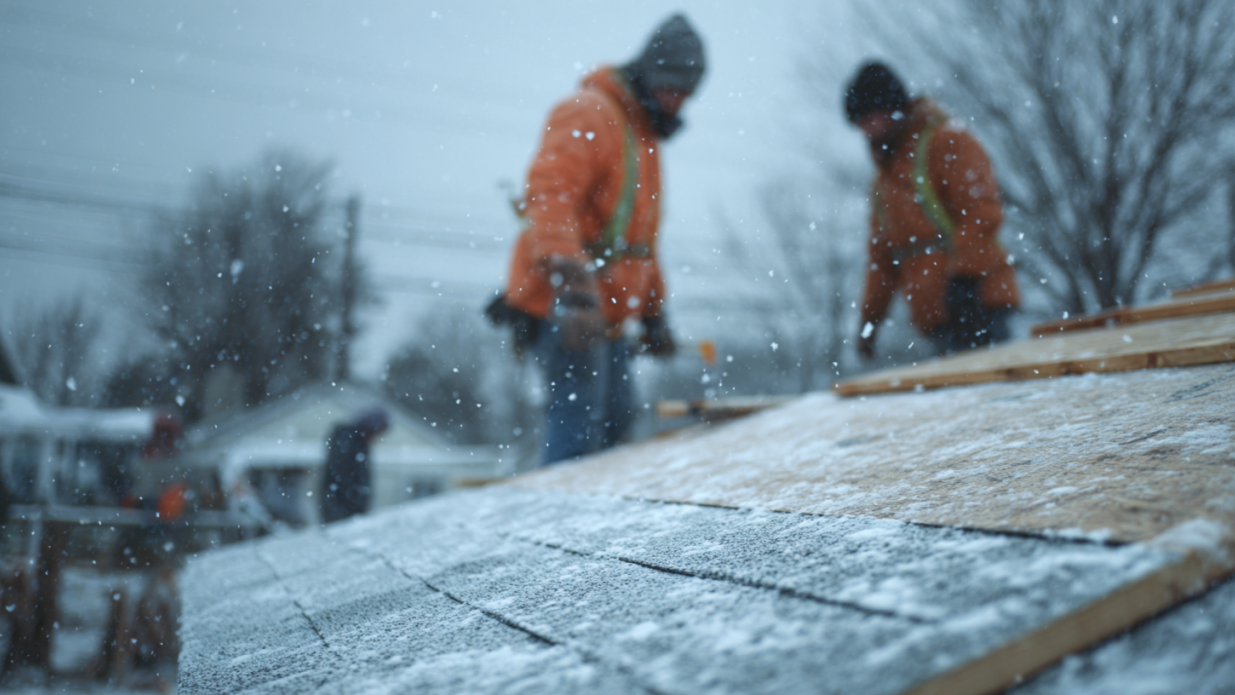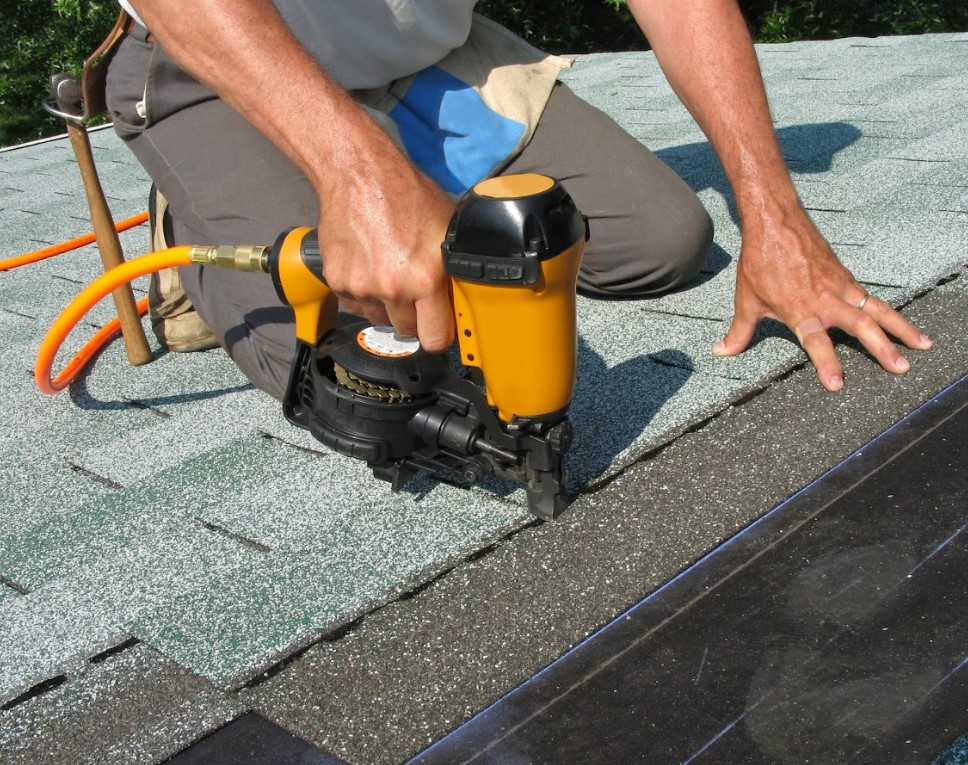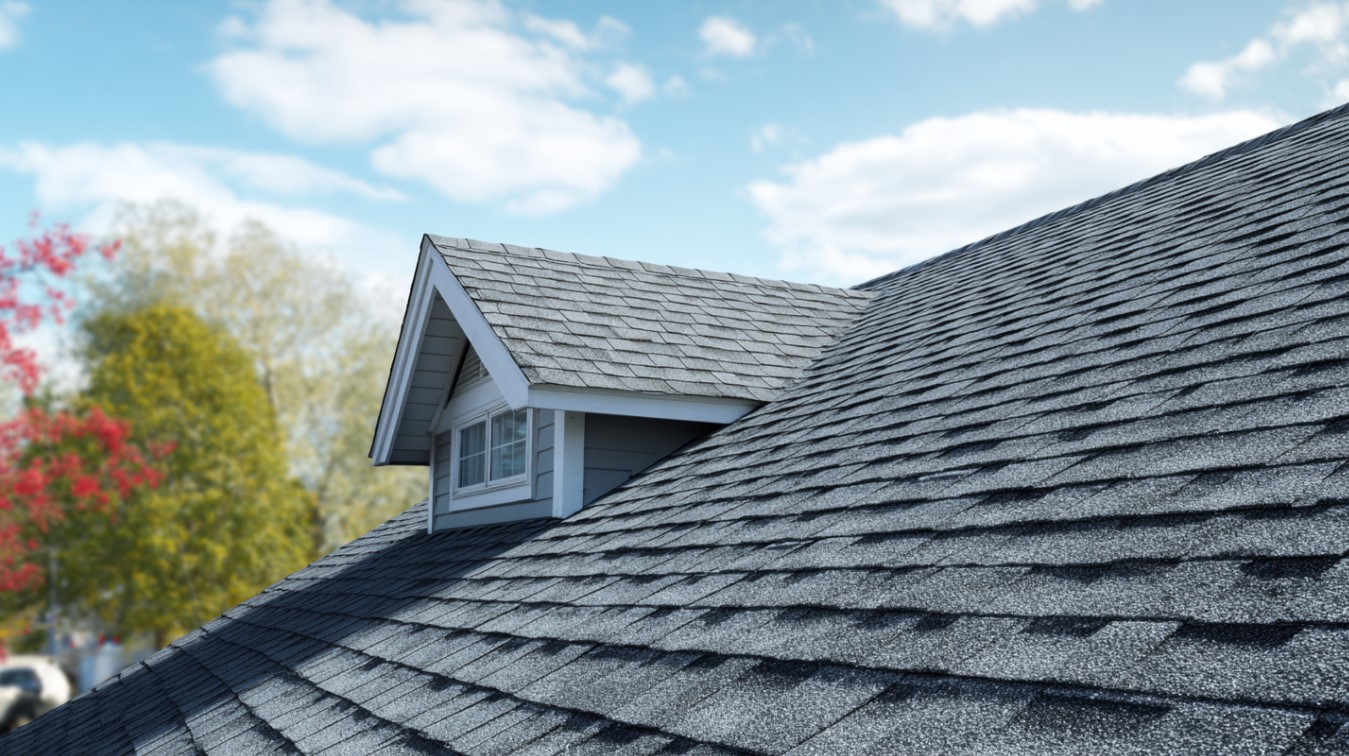After a storm, it’s always a good idea to check your home for damage. Some destruction will be obvious, like broken tree branches on your roof or smashed skylights. But when it’s not so plain, how can you tell if you’re looking at the aftermath of a storm or ordinary wear and tear? Here’s a quick guide on inspecting your home after a storm.
Siding
Inspect your siding for fresh chips and gouges. If your house sports wood plank, Masonite or fiber cement type siding, chipped paint will be pretty noticeable. Hail usually leaves small dings that may be far between, so stand back a few yards and take a longer look. Aluminum and steel siding may have dents and scored paint while tender vinyl siding may have holes, cracks and large chunks missing. Even if damage to painted surfaces seems too faint to worry about, you should still get the damaged sides of the house repainted because little chips indicate the wall took a pelting.
Gutter Extensions
Check the gutter extensions that run water away from the house. If they’ve sustained dents, then it’s most likely that your roof did too. Look for shingle pieces and a lot of granules around the spout. Although shingles will shed their granules over time, more than the usual amount indicate possible roof damage.

Gutters
The rims of your gutters will also show how much damage a hailstorm caused. Painted gutters will have dents and possibly paint chipped off. Aluminum gutters may damage more readily than steel, so if your steel gutters show damage, your roof certainly sustained a beating. Check the troughs for excess granules, shingle bits and holes, as well.
Vent Caps and Pipe Jacks
On the roof, look closely at the pipe jacks surrounding your plumbing vents. They usually have a rubber gasket around the pipe. If they appear fine, poke them gently with your finger anyway to search for small holes and slits. If you find any, you may want to apply some caulking to prevent water penetration until the jack can be replaced.
Also, check out the storm cap on your furnace and water heater vent (sometimes called the b-vent). A dented cap should be checked out by a professional. If hail pounded it out of shape, it could impinge the free flow of exhaust from your units below, which could be very dangerous to your household.
Roof
Damage to the roof may be more subtle than that on siding and gutters. When hail strikes an asphalt shingle, it loosens the granules, but unless the hailstones are two inches or larger, the granules may still rest loosely in place. A hail-damaged roof may not show signs until after a few rains or weeks later. If you’re seeing evidence of hail damage everywhere else but not on the roof, you may want to wait a few weeks before you arrange for an insurance adjuster.
If the hail was large enough to knock the granules off at the time of impact, it might have left divots. They appear as though someone gouged the shingles with their thumbs. This may have pushed the soft asphalt up around the rim of the strike.
If a strong storm passed through your neighborhood recently, we recommend that you contact us a reliable roofing company, and schedule an appointment for a thorough inspection. We can distinguish storm damage from regular wear. Since climbing ladders and walking roofs can be hazardous, let the experts at Rosie’s Roofing & Restoration assess your property for you.
Have roofing questions? We can help! Contact us!




